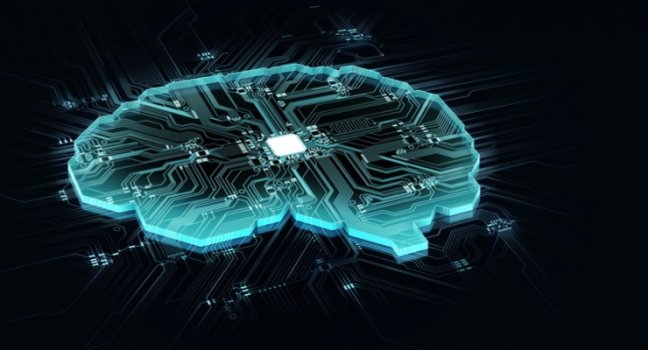Artificial Intelligence (AI) is enabling Print Service Providers (PSPs) to make some exciting changes to their production processes. It is helping them reevaluate their operation and introduce performance benefits that future-proof their business. The impact AI can have was recently discussed by my colleague Clive Stringer in this blog. He highlighted how an AI solution can drive continual improvement through a core set of capabilities that grow as it learns the types of print jobs being run. Traditional software by contrast can complete only what it is programmed to perform. Clive explored how AI powers growth through pattern recognition and learning by correction. It can handle much broader capabilities than traditional or rules-based programs and is able to learn from mistakes. He also considered how AI responds to new, unexpected, situations, making it ideal for real world applications where anything can happen. The operation-wide ability to learn and revise processes is a core benefit of Ricoh’s brand new Pro VC70000e. The high speed inkjet press produces exceptional quality, image driven, customized marketing, direct mail, and publishing applications. The Ricoh Pro Scanner Option and RICOH Supervisor in Ricoh’s Automation Suite simplify operation and give greater feedback to help shape key business decisions. The Ricoh Pro Scanner Option, also available for the Ricoh Pro VC70000 and Ricoh Pro VC60000 high speed inkjet presses, identifies details that improve performance and consistency. It decreases manual touchpoints and increases overall efficiency through predictive analytics. It monitors production to check on the machine’s condition and the quality and accuracy of the printed content. It looks for ways to improve future production including monitoring if preventative maintenance should be planned, and helps automate a variety of labor intensive and time consuming tasks, such as printhead cleaning, paper profiling and even daily startup routines.
Continue reading: https://www.labelandnarrowweb.com/contents/view_experts-opinion/2022-09-07/why-its-time-to-future-proof-with-artificial-intelligence/
Continue reading: https://www.labelandnarrowweb.com/contents/view_experts-opinion/2022-09-07/why-its-time-to-future-proof-with-artificial-intelligence/

